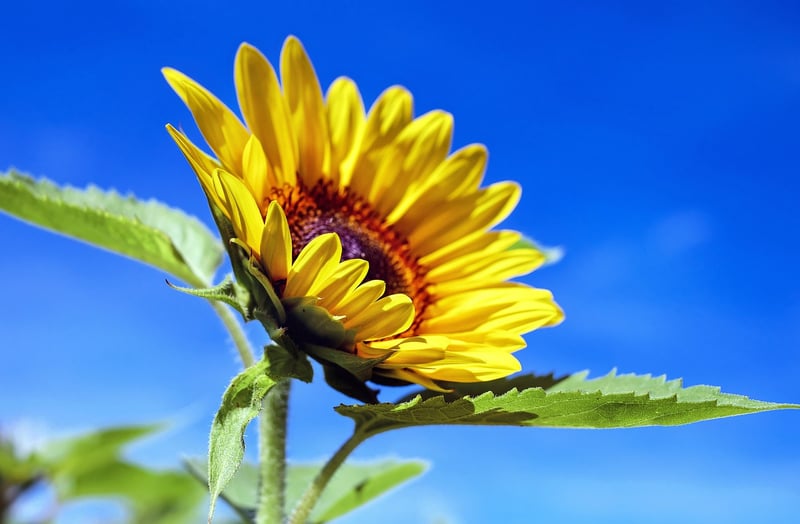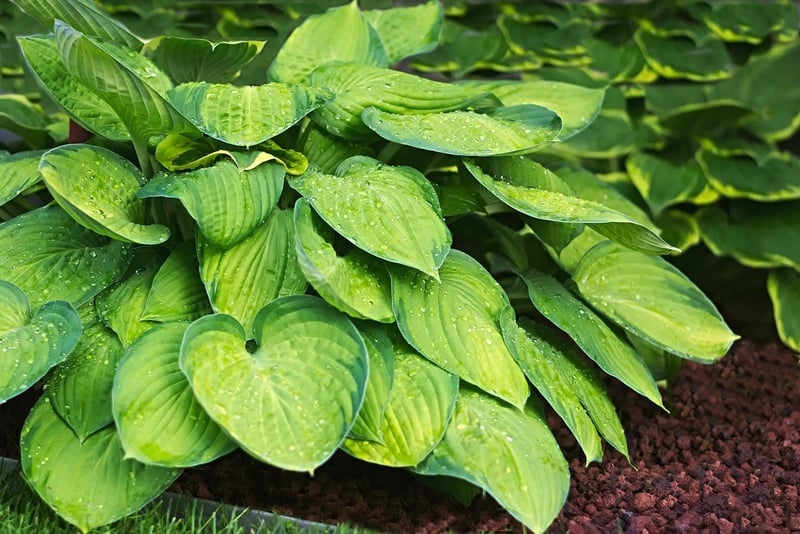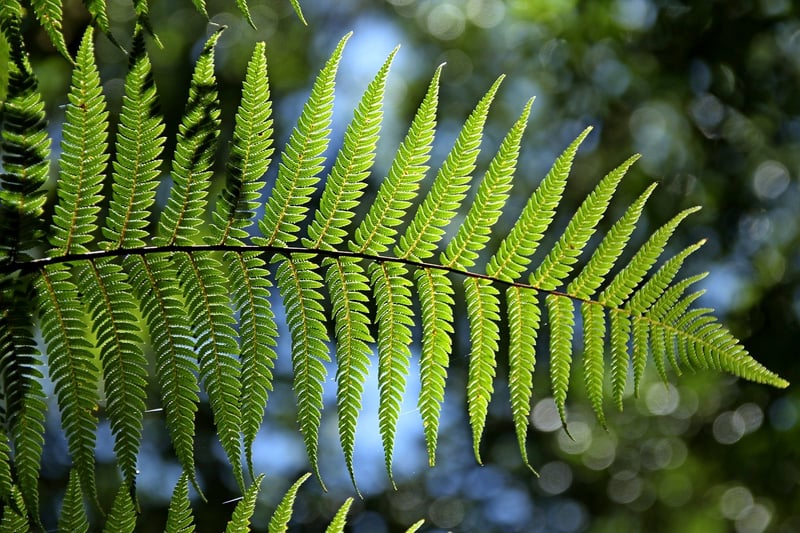Light Requirements
Guidance on Nurturing and Maintaining Plants
Introduction
Welcome to our comprehensive guide on nurturing and maintaining plants. Whether you are a seasoned gardener or just starting your green journey, these tips will help you keep your plants healthy and thriving.
1. Watering
Proper watering is crucial for plant health. Different plants have varying water needs, so it's essential to research and understand the specific requirements of each plant in your care. Overwatering can lead to root rot, while underwatering can cause wilting and stunted growth. Check the soil moisture regularly and adjust your watering schedule accordingly.
2. Light
Light is one of the most critical factors influencing plant growth. Understanding the light requirements of your plants is key to their overall health. Here are the three main categories of light requirements:
2.1 Full Sun
Plants that require full sun need at least 6-8 hours of direct sunlight daily. Examples of full sun plants include tomatoes, peppers, and roses. Ensure these plants are placed in a sunny spot to thrive.

2.2 Partial Sun/Partial Shade
Plants that thrive in partial sun/shade require 3-6 hours of sunlight per day. Examples include hostas, begonias, and impatiens. These plants do well in areas with filtered sunlight or morning sun.

2.3 Shade
Plants that prefer shade thrive in less than 3 hours of direct sunlight daily. Examples of shade-loving plants are ferns, peace lilies, and snake plants. These plants do best in areas with indirect or filtered light.

Conclusion
By understanding and meeting the water and light requirements of your plants, you can create an environment where they will flourish. Remember to observe your plants regularly, as their needs may change with the seasons. Happy gardening!
